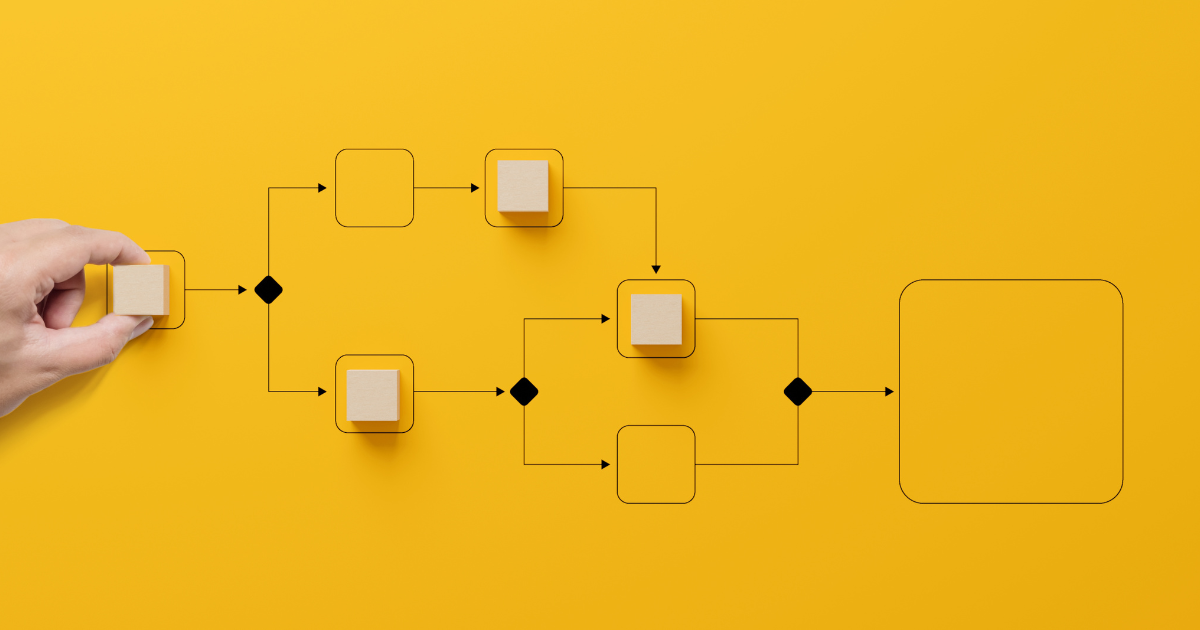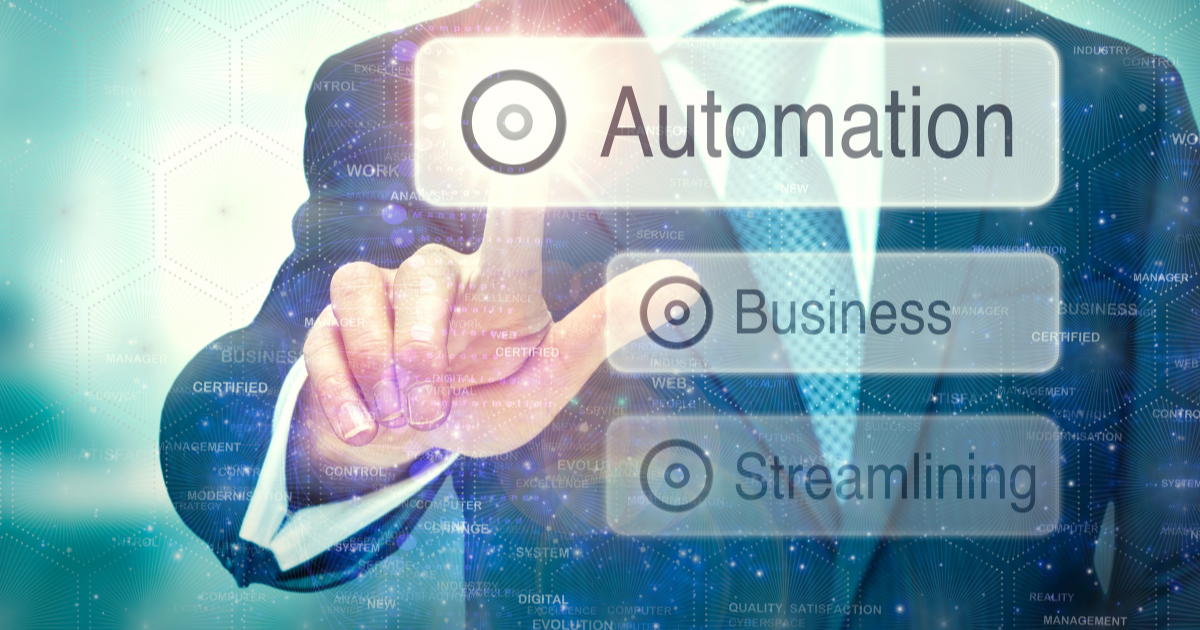RPA Automation Use Cases for the Telecom Industry
In the fast-paced telecom industry, companies face the challenge of managing vast volumes of data, high customer expectations, and complex workflows....

We’ve all been there—stuck doing the same mundane tasks over and over again. Whether it’s managing data, generating reports, or processing orders, the grind can be real. But what if we told you there's a way to automate those repetitive tasks and free up your time for more meaningful work?
Enter RPA Automation, or Robotic Process Automation—the tech that’s changing the game in business efficiency.
At its core, RPA Automation is software that allows businesses to configure bots to execute repetitive tasks that usually require a human to handle. These bots mimic human interactions with digital systems, which means they can do things like log into applications, enter data, move files, generate reports, and even respond to simple queries—all while following a set of predefined rules.
Think of it as having a digital assistant who never needs coffee breaks and can work 24/7 without making a mistake. And while the name "robotic" might conjure images of futuristic machines, the reality is much simpler: these are just software bots, not physical robots.
So, why should you care? Here’s what RPA Automation can do for you:
The beauty of RPA lies in its simplicity. RPA bots interact with existing software applications through the user interface, meaning you don’t need to overhaul your entire IT infrastructure. Here’s how it works in three basic steps:
Here are a few real-world applications of RPA:
As technology continues to evolve, AI-driven RPA Automation is taking things to the next level. By integrating Artificial Intelligence (AI) with traditional RPA, businesses can automate more complex tasks that involve decision-making, data analysis, and even natural language processing.
Unlike basic RPA, which follows specific rules, AI RPA Automation enables bots to learn from the data they process, make predictions, and adapt to new situations without constant reprogramming. This opens the door for advanced applications like:
By blending AI with RPA, businesses can achieve higher levels of automation and drive even greater efficiency across their operations. AI RPA Automation isn’t just about doing things faster—it’s about doing things smarter.
RPA Automation isn’t just a trend—it’s a strategic advantage. As businesses evolve, the demand for efficiency, accuracy, and scalability will only increase. RPA offers a pathway to meet these needs, giving businesses the agility they need to thrive in today’s fast-paced world.
And the best part? You don’t need to be a tech guru to implement RPA. With the right partner (like us at Dazzee), you can harness the power of automation and start driving efficiency today.
At Dazzee IT Services, we believe in using technology to make life easier. RPA Automation is one of many tools that can help your business get ahead.
Don’t get left behind while your competitors forge ahead. With DaZZee’s AI and automation toolkit, you can experience increased efficiencies, more profit back in your pocket, and lead your industry with innovation and differentiation. Let DaZZee IT Services help you automate the boring stuff and take your business to the next level. Ready to get started? Let’s chat about how our AI and automation services can help you thrive.

In the fast-paced telecom industry, companies face the challenge of managing vast volumes of data, high customer expectations, and complex workflows....

Running a retail business often feels like a balancing act—juggling inventory, customer service, supplier communications, and daily sales goals. What...

Let’s face it: running a business can feel overwhelming. You’ve got growing to-do lists, tasks that never seem to end, and pressure to keep...